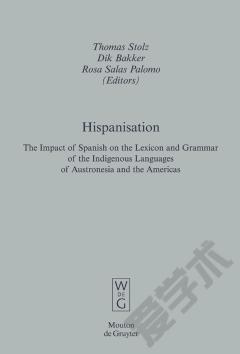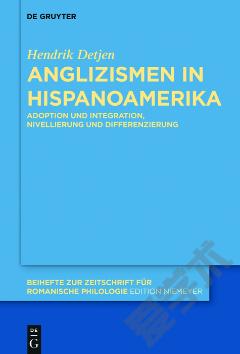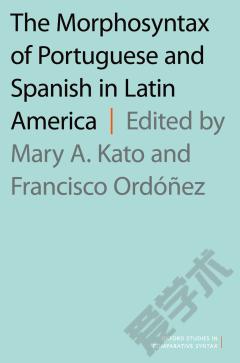Hispanisation —— The Impact of Spanish on the Lexicon and Grammar of the Indigenous Languages of Austronesia and the Americas
----- 西班牙语化
Literally hundreds of languages world-wide have experienced direct or indirect Hispanisation during the heyday of the Spanish colonial empire. The number of languages which continue to borrow from Spanish on a daily basis is considerable especially in Latin America. This volume?gives the reader a better idea of the range of contact constellations in which Spanish functions as the donor language. Moreover, the contributions to this collection of articles demonstrate that it is not only possible to compare the contact-induced processes in the (Hispanised) languages of Austronesia and the Americas. It is emphasized that one can draw far-reaching conclusions from the presented borrowing facts for the theory of language contact in general. The volume is divided into two sections according to geographical principles: section I is devoted to contacts of Spanish in Latin America. Two contributions look at the Hispanisation of varieties of Nahuatl (Classical Nahuatl studied by Anne Jensen and modern varieties studied by José Antonio Flores Farfán). Martina Schrader-Kniffki discusses Spanish-Zapotec contacts and their relations to language mixing and purism. Luciano Giannelli and Raoul Zamponi address the issue of Hispanisms in Kuna, a language from Panama. For South America, Jorge Gómez-Rendón discusses whether or not there are constraints on lexical borrowing from Spanish into Imbabura Quichua. Suzanne Dikker studies the intertwined language Media Lengua in her attempt at redefining the notion of relexification.
{{comment.content}}








 京公网安备 11010802027623号
京公网安备 11010802027623号